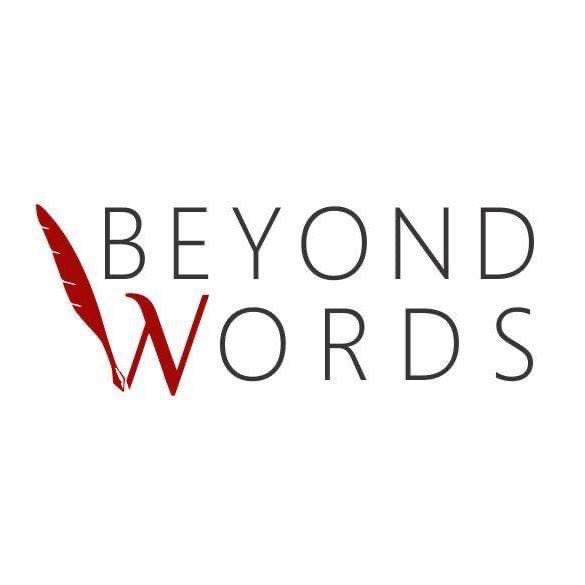
The Discipline of Clarity: How Simpler Writing Builds Deeper Trust
Share
In a world full of noise and distraction, clarity is no longer just a stylistic choice, it’s a necessity. Whether you're reading the fine print of a contract or skimming a product description online, the way information is written affects how it's received and trusted. Simpler writing allows people to understand messages faster, make decisions more confidently, and feel more connected to the source.
Clarity is especially critical in today’s content-heavy landscape. From social media captions to detailed reports, the volume of content people consume daily is overwhelming. To stand out, you don’t need to shout louder, you need to speak clearer. That’s why content writers are now placing a renewed focus on simplicity as a strategic strength. It's not about dumbing down ideas, but about stripping away the unnecessary to spotlight what really matters.
Simplicity Is Not Simpler Thinking
Simplicity in writing is often misunderstood. Some assume it means choosing only basic words or avoiding complex topics. But in truth, writing clearly is a thoughtful, rigorous task. It means understanding a subject deeply enough to explain it in fewer words without losing meaning. That discipline earns trust.
Readers often equate complexity with confusion. When a sentence is hard to follow or filled with jargon, it can come across as evasive or even manipulative. In contrast, clear writing feels honest. It shows that the writer respects the reader’s time and intelligence. For a content writer, this mindset shift is powerful, it moves writing from performance to service.
Effective content writing is about guiding the reader, not impressing them. In industries like finance, healthcare, or technology, where trust is the cornerstone of business, clarity isn’t just stylistic, it’s a brand advantage.
The Link Between Clear Content and Reader Trust
People trust what they understand. This truth underpins every successful piece of communication. A well-written product guide or service description, for example, doesn’t just inform, it reassures. It says, “We know what we’re doing, and we want you to know it too.”
Trust is fragile, especially online. If readers struggle to grasp what a piece of content is trying to say, they often disengage or look elsewhere. Worse, they might assume the writer has something to hide. Clear content writing reduces those risks.
A skilled content writer uses clarity to remove friction from the reader's experience. When messages are easy to read and absorb, people feel more confident taking the next step, be it subscribing to a newsletter, making a purchase, or sharing the content with others.
The Role of Tone and Word Choice in Clarity
Tone and word choice play a major role in how clarity is achieved. Simple writing doesn’t mean robotic or lifeless text. On the contrary, great writing feels human. It’s accessible, friendly, and confident. Achieving this balance takes care and consistency.
For instance, choosing everyday words over technical jargon can open the door to a wider audience. Instead of “utilize,” say “use.” Rather than “implement solutions,” try “put plans into action.” These tweaks might seem small, but over the course of a paragraph, they create a noticeable difference in how a message feels.
A good content writer studies tone closely. Whether writing for a startup blog or a government website, tone must match the audience. In every case, though, clarity remains the golden thread. You want readers to nod along, not pause in confusion.
Editing as a Trust-Building Tool
Editing is where clarity truly takes shape. The first draft is often messy, full of ideas, but not necessarily clean or focused. It’s through editing that writing sharpens. Every unnecessary word is a barrier to understanding, and trimming those words is an act of respect for the reader.
Professional content writers know this. They don't fall in love with their sentences. Instead, they refine. They read aloud to hear awkward rhythms. They ask, “Would a twelve-year-old understand this?” not because the audience is young, but because clarity should reach everyone.
Editing isn’t just proofreading. It’s a discipline that aligns the writing with its core purpose. In content writing, this purpose is often to inform, engage, or convert. The clearer the message, the better it performs across all three goals.
The Psychology of Clear Communication
Humans are wired to prefer clarity. The brain seeks patterns and certainty, and unclear writing disrupts that flow. When content is clear, the brain doesn’t have to work as hard. This creates a feeling of ease and familiarity, both of which contribute to trust.
Think about the last time you read unclear instructions or an overly complex article. You likely felt frustrated. That emotional reaction doesn’t just affect understanding, it affects perception. The writer, and by extension their brand, comes across as careless or out of touch.
Clear writing builds an invisible bridge between the writer and the reader. It makes the content feel like a conversation instead of a lecture. This sense of connection is crucial in fields like marketing, education, and journalism, where credibility can’t be faked.
Content Writing in a Clarity-First World
Today’s content writers are not just wordsmiths, they are clarity advocates. With algorithms, SEO, and user experience to juggle, it’s tempting to focus on structure over substance. But audiences are savvy. They know the difference between meaningful writing and fluff.
Clarity doesn’t mean removing style or voice. In fact, some of the most compelling writing in digital media today is both simple and distinct. It’s about saying more with less, and saying it in a way that sticks.
Whether it’s a blog post, a landing page, or an FAQ section, every piece of content benefits from being clearer. Brands that adopt this approach tend to attract more loyal audiences. They come across as approachable, honest, and competent, all traits that matter deeply in a competitive online space.
Final Thoughts: Trust Begins with the First Sentence
The discipline of clarity isn’t just about crafting better sentences. It’s about earning trust in a noisy, skeptical world. For content writers, clarity is a form of leadership. It shows that you’ve done the hard thinking so the reader doesn’t have to. As a content writer, striving for clarity is a daily practice. It means listening more, editing ruthlessly, and respecting the reader’s time. It also means knowing your topic well enough to explain it simply, a skill that separates good writing from great writing. In a time when attention is fleeting and trust is hard-won, simple writing isn’t just effective, it’s powerful. It’s how content writers turn words into relationships, and content into connection.
